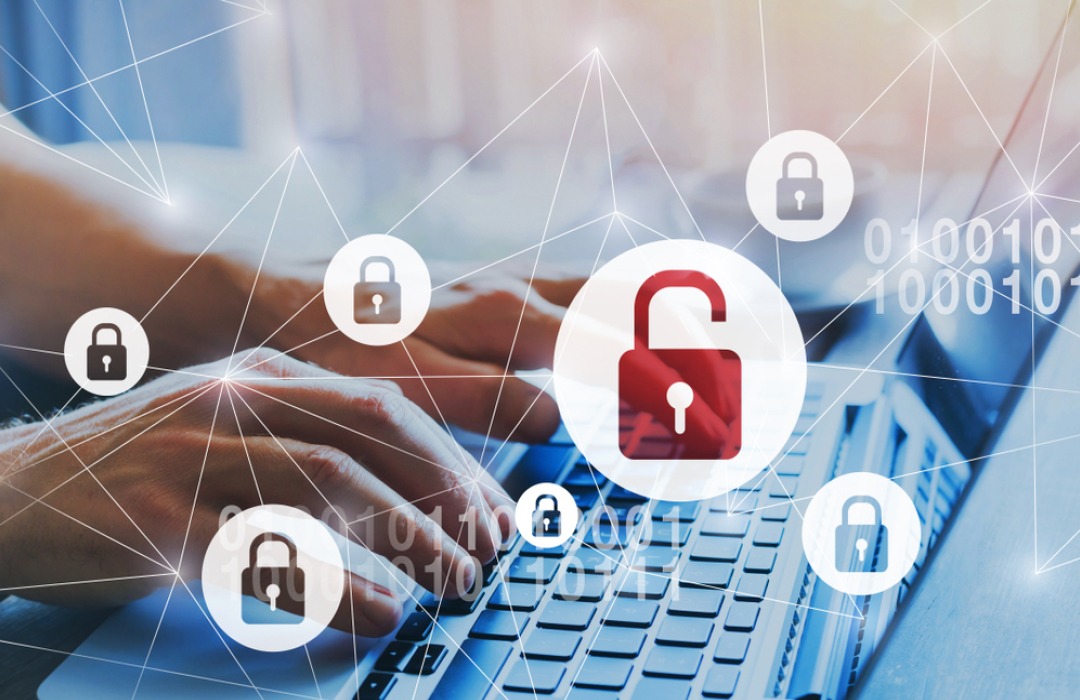
IT Support & SecurityWritten By: Suman Kumar Paul
Whether you love technology, hate it, or fall somewhere in the middle, there's no denying that technology is becoming an extremely important part of our life. Our digital world is evolving as more people work remotely and more businesses execute their operations digitally.
However, as our digital activity grows, so does criminals' desire to exploit it, resulting in breakthroughs in computer security threats and cybercrimes.
Top 10 Computer Security Threats a Business Must Prepare For In 2022
1. Phishing Attacks
In a phishing assault, a hacker impersonates someone you know or trusts, such as your manager or your bank. Most of the time, the hacker will send you an email from a familiar—but slightly modified email address. Generally, an attacker will send you an email with a link or attachment. They request that you visit a website, log in to your account, or enter confidential data such as your bank account details. Cloud-based phishing is one of the top cybercrimes that businesses should be on the lookout for in 2022.
2. API vulnerabilities and Breaches
An application programming interface offers a channel to determine how applications can interact with one another. The use of API integration is getting more intense in our everyday online activities. API security is often less effective than modern web security. As a result, APIs are commonly not made available to public or independent developers.
With the increase in API integration businesses are now getting more serious to strengthen API security to eliminate attack possibilities.
3. Highly Developed Ransomware Attacks
For many years, companies have been afflicted by ransomware. Successful assaults have ended businesses losing hundreds of thousands of dollars in ransom payments, and motivates hackers to perform serious strikes in the future. As per research, ransomware intrusions are getting more powerful and mainly perform attacks in conjunction with one another. This helps attackers to become more capable and pose greater threats to businesses.
4. Mobile Malware
The use of mobile devices is not limited to remote employees. Most individuals and businesses are rapidly migrating from desktop computers to laptops or smartphones for their daily operations. Mobile malware is a type of application developed specifically for mobile devices. The main objective of the application is to fulfill malicious intentions and gather confidential business data by exploiting mobile security measures.
5. Network Perimeter and Endpoint Security
Most security measures deployed in your company’s headquarters are absent in remote work settings. We're talking about techniques that safeguard your computer network and its connections to other computers, phones, tablets, servers, databases, and other devices.
Some businesses have already indicated that they will migrate to a permanent remote workforce, rendering strong network perimeter and endpoint security important for the near future.
6. Cloud Jacking
Cloud jacking is the method by which a foreign entity infiltrates cloud computing. Once a hacker successfully gets into your organization's cloud, they may attempt to alter the cloud codes to corrupt important data, spy on employees, corporate conversations, and expand their penetration to gain control of the entire cloud.
7. Deepfakes
A deepfake is created by artificial intelligence that manipulates someone's image or voice to mislead their actions or statements in existing footage, image, or audio recording. Experts believe that deepfakes can be used by cybercriminals to mimic members of an enterprise to obtain access to sensitive information. These "synthetic identities" may be misused to execute fraudulent practices, with hackers creating counterfeit duplicates of legitimate organizations to attract unwary customers.
8. Lack of Recovery Plan
To eliminate security breaches business requires a robust plan. This approach should incorporate not just what can happen to stop a cyber-attack, but also how to mitigate the consequences if one occurs. Multiple stats indicate that businesses are not prepared to tackle cyber-attacks. More than 77% of the firms fall into this category with only 23% having some potential to respond effectively.
9. Confusing Compliance with cyber security
It is one of the serious risks businesses struggle to deal with compliance related to cyber security policies. Just ensuring compliance with company rules is not sufficient to protect a firm from cyber-attacks. We need to focus on enterprise risk management to address each security concern.
10. Not Staying Up to Constantly Evolving Risks
Cybersecurity vulnerabilities are constantly changing. Cybercriminals are therefore looking for fresh techniques to break into your network. Your IT team must keep themselves updated with the latest cyber threats and IT Security solutions to detect and eliminate future vulnerabilities proactively.
As there is no way to safeguard your business 100% from cyber-attacks, you must keep your workforce prepared to deal with future consequences.
Do you need help or advice in creating cyber-security policies for your business?
We at VTPL offer businesses comprehensive IT Security Policy Creation, Analysis, and IT security solutions to assist you in updating existing regulations or developing fresh policies.
TAGS - data security service it risk management managed security service information security management services it service providers best it security solutions cyber security service providers
See Also - How to Upgrade Your Computer with an SSD ?